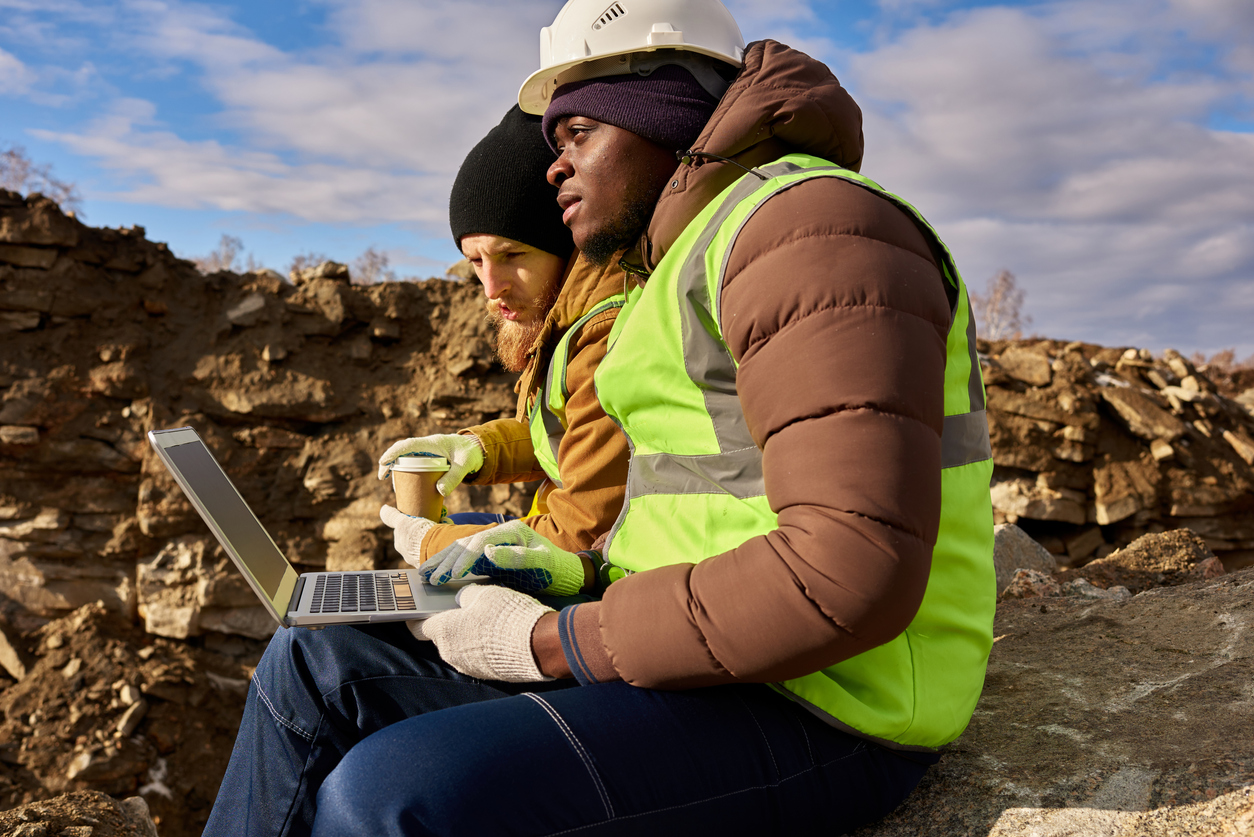
You don’t need freezing temperatures to get hypothermia. Wind and rain can drop your body temperature below 95 degrees F and then you’re in trouble. When temperatures drop on the jobsite, it’s important to manage your crew and ensure they are properly protected.
Sick days can really eat into your profit margins and you need to make sure your workers are safe. Hypothermia is deadly. It’s not just a case of stiff fingers that may slow down production, hypothermia is life-threatening and should be taken seriously.
Look out for the symptoms which don’t necessarily include feeling cold. One of the first things to look out for is a reduction of cognitive abilities. This makes it even more difficult for the person experiencing hypothermia to recognize the dangers. If crew members have trouble working out measurements, get easily confused, start slurring their words or experience fatigue, it may be time to head indoors.
Other symptoms include slow breathing, shivering, blotchy skin, a loss of coordination and fingers and toes that turn blue.
Crew members are more likely to dress warmly in snow and extreme cold, but it’s the wet and windy days that are dangerous. Cold winds and damp clothing can result in hypothermia even when the temperatures are above freezing. Ensure workers are wearing rain gear and layering up on clothing to keep warm.
Fueling your body is vital to keeping warm. Workers should get regular breaks where they can snack and drink warm drinks in an area that is out of the wind.
Older workers and those with diabetes and arthritis are most at risk as are those who are heavy alcohol consumers.
Ensure that you have emergency blankets as part of your jobsite first aid kit. If crew members exhibit signs of hypothermia, get them out of the wind, wrap them in a blanket and call 911. Give them a warm beverage and wait for emergency services. Avoid rubbing fingers and toes as frostbitten tissue can be damaged by rubbing.
Start each day by making the site safe for workers by removing ice and snow. Ensure scaffolding and ladders are free of ice.
Keep heaters onsite so warm up stations can be created for workers to take their breaks in.
Clean up the jobsite every day—debris that is lying on the ground can get covered by snow and can cause injuries or damage equipment.
Keep equipment properly maintained, fluids filled, tires inflated and batteries charged so that you can avoid delays.
Keep block heaters handy in case vehicles are too cold to start.
